✓ Joining us on our Whatsapp Channel: 💬 Explore and Escape!.
Booking through us:
✓ 🏩 🛌 Handpicked Luxury Stays in Budget: Booking.com | Agoda.com
✓ 🍹⛱️ Deals on Private xfers, SIM Cards, City tours, Day trips : 📍🗺️ GetYourGuide | 🛵🧳 Klook
There are an array of things to do in Japan, with Kumamoto sharing quite a few of those!
Nestled in the heart of Japan’s southernmost island, Kumamoto is a treasure trove of adventure, wonder, and cultural marvels waiting to be explored like a cherry blossom on the cusp of blooming.
Without further ado listed below are some of the most fun things to do in Kumamoto:
1. Kumamoto Castle
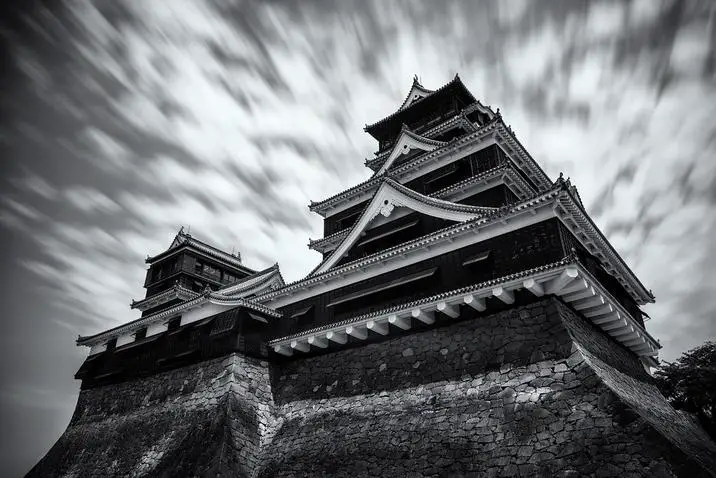
Kumamoto Castle is a historic castle located in Kumamoto City, Japan.
What to see or do: Visitors can explore the castle grounds and learn about Japanese history and culture. The castle features a museum, turrets, gardens, and a variety of historic artifacts.
Don’t miss: Don’t miss the opportunity to walk along the castle walls for magnificent views of the city.
Insider travel tips: – Visit during the spring or fall for optimal weather and stunning views of cherry blossoms or fall foliage.
2. Suizenji Garden
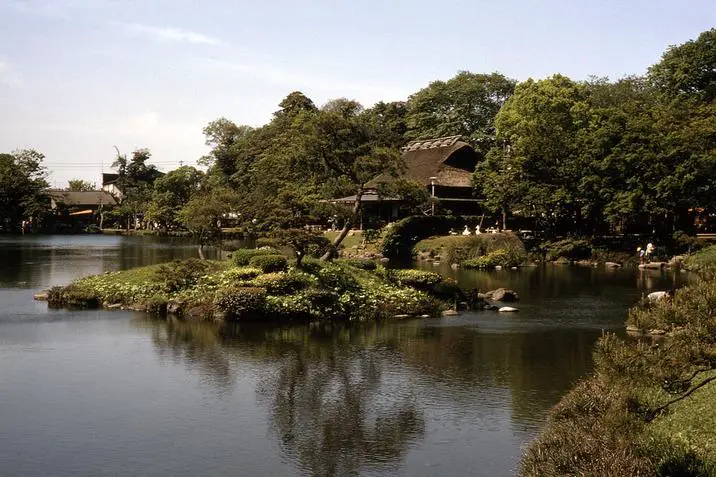
Suizenji Garden is a beautiful Japanese garden located in Kumamoto, Japan.
What to see or do: Visitors can walk along the winding pathways that meander through the meticulously maintained landscape, featuring a central pond, waterfalls, bridges, and lush greenery.
Don’t miss: Don’t miss the stunning views of Mount Aso in the distance, framed by the garden’s iconic red Taikobashi bridge.
Insider travel tips: Visit in the spring to see the cherry blossoms, or in the fall for the beautiful autumn colors.
Be sure to also check out the small shrine on the grounds, which was built in honor of a revered local samurai.
3. Mount Aso
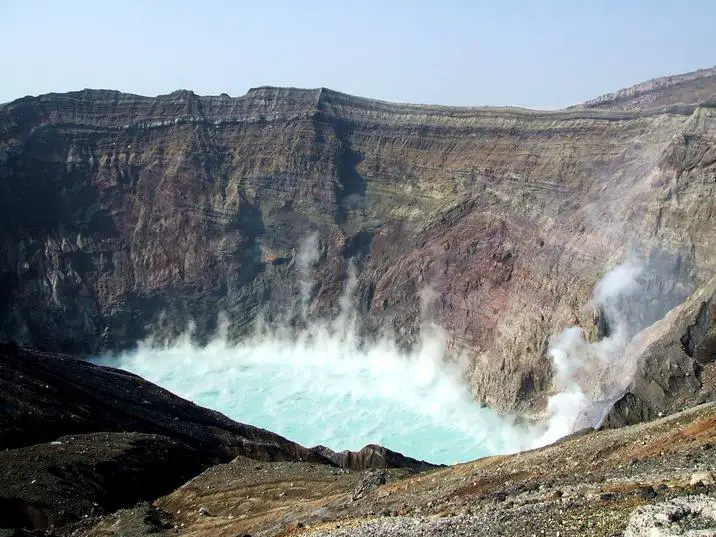
Mount Aso is an active volcanic group in Kumamoto Prefecture, Japan, which encompasses five peaks and is one of the largest in the world.
What to see or do: Take a cable car and witness the breathtaking panoramic views of the volcanic landscape.
Don’t miss: The Aso Caldera, which is the result of a massive volcanic eruption over 90,000 years ago and is one of the largest calderas in the world.
Insider travel tips: Check the volcanic activity beforehand to ensure safety and avoid disappointment.
4. Kato Shrine
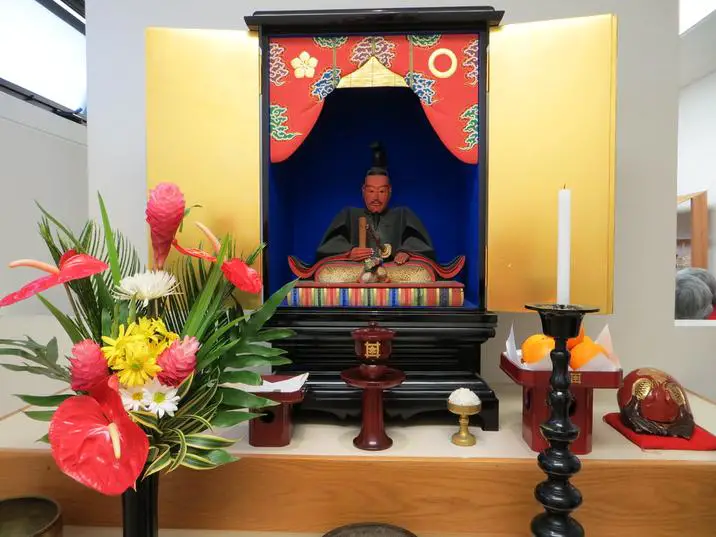
Kato Shrine is a Shinto shrine located in Kumamoto, Japan, dedicated to the god of war, Ninigi-no-Mikoto.
What to see or do: Visitors can explore the beautiful grounds of the shrine, which are surrounded by tall cedar trees and feature several torii gates and stone lanterns.
The main hall of the shrine features traditional Japanese architecture and houses several important artifacts.
Don’t miss: The shrine’s unique feature is the “Naginata Hoko” festival, which takes place annually on May 5th.
During the festival, participants carry a 10-meter-long wooden spear with a curved blade (naginata) through the city streets in a grand procession.
Insider travel tips: For the best experience, plan your visit during the spring or fall, when the weather is pleasant and the foliage is beautiful.
If you’re interested in Japanese history and mythology, be sure to research the story of the god Ninigi-no-Mikoto before your visit.
5. Hosokawa Residence
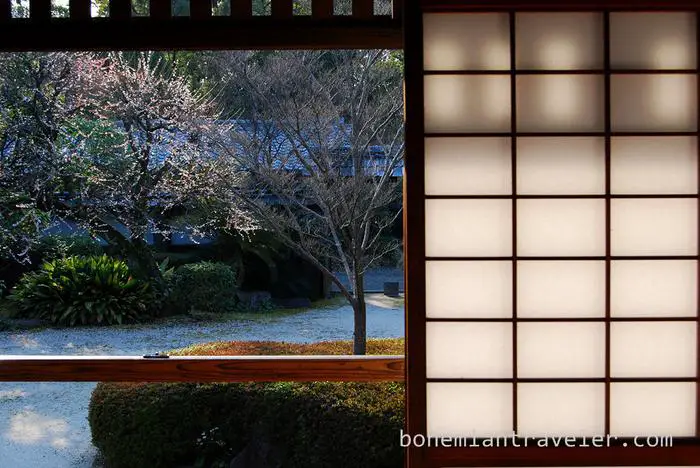
A well-preserved samurai residence that showcases traditional Japanese architecture and design.
What to see or do: Explore the different buildings within the complex that showcase the lifestyle and traditions of the Hosokawa samurai clan during the Edo period.
Admire the beautiful tatami rooms, painted sliding doors, and intricate gardens.
Don’t miss: The Hosokawa Gyobu-tei, a separate villa located within the complex that was used for tea ceremonies, is a must-see. It features a beautiful garden and a tearoom that has been perfectly preserved for more than 300 years.
Insider travel tips: Arrive early in the day to avoid crowds, and consider hiring a guide who can give you detailed insights into the history and culture of the Hosokawa samurai clan.
Take off your shoes before entering any of the buildings, and be sure to try some of the local green tea and sweets while you’re there.
6. Tsujunkyo Bridge
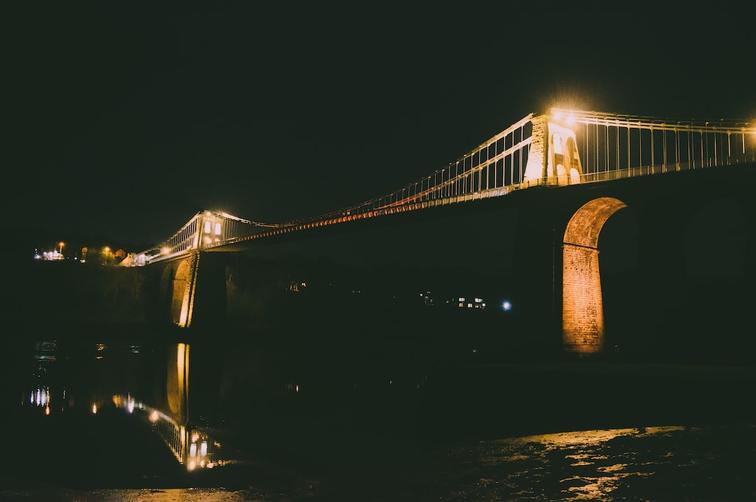
A stunning arched bridge located in Kumamoto Prefecture, Japan.
What to see or do: The Tsujunkyo Bridge is a popular spot for nature lovers and adventure seekers alike.
Visitors can take a leisurely stroll across the bridge, soak up the picturesque views of the surrounding mountains and river valley, or explore the nearby walking trails.
Don’t miss: Capture a panoramic view of the bridge and the stunning gorge below from the lookout point.
Insider travel tips: Be sure to visit in the fall when the surrounding foliage turns beautiful shades of red and orange.
For a unique perspective, take a ride on the small cable car that traverses the gorge and offers a bird’s-eye view of the bridge.
7. Kumamoto City Zoological and Botanical Gardens
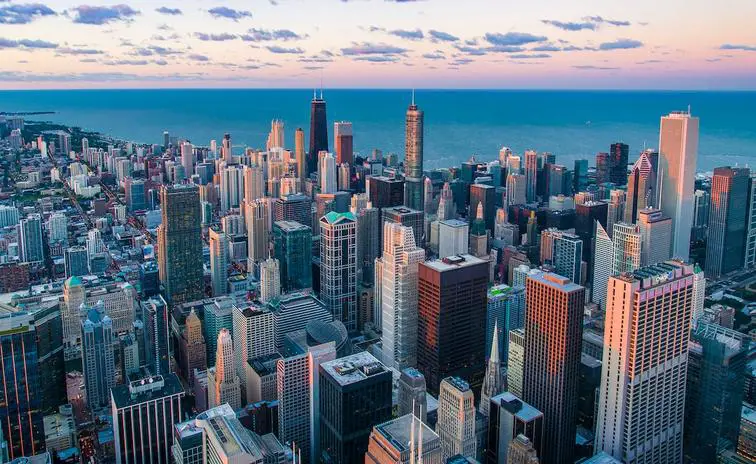
Kumamoto City Zoological and Botanical Gardens is a popular attraction in Kumamoto, Japan that offers a great opportunity to see various animals and plants.
What to see or do: Visitors can see a variety of animals, such as giraffes, lions, tigers, and many more, in the spacious enclosures.
In addition, there is a large greenhouse where you can see a variety of tropical and subtropical plants, including orchids and cacti.
There are also various education programs available for visitors, including guided tours.
Don’t miss: The highlight of the Kumamoto City Zoological and Botanical Gardens is the chimpanzee exhibit, where visitors can watch the playful chimps up close.
Another attraction that should not be missed is the beautiful Japanese garden.
Insider travel tips: – The zoo can get crowded during weekends and holidays, so plan your visit accordingly.
8. Shimada Museum of Art

The Shimada Museum of Art is a contemporary art museum located in Kumamoto, Japan.
What to see or do: The museum features a vast collection of contemporary Japanese artworks which includes paintings, sculptures, and ceramic art. It also hosts temporary exhibitions of both domestic and international artists, making it a go-to destination for art enthusiasts.
Don’t miss: The museum’s permanent collection which showcases a range of styles including abstract, figurative and landscape art. One of its highlights is a series of colorful paintings by Yoshitomo Nara, a well-known Japanese contemporary artist.
Insider travel tips: – The museum is closed on Mondays and during the New Year’s holiday period.
9. Reigando Cave
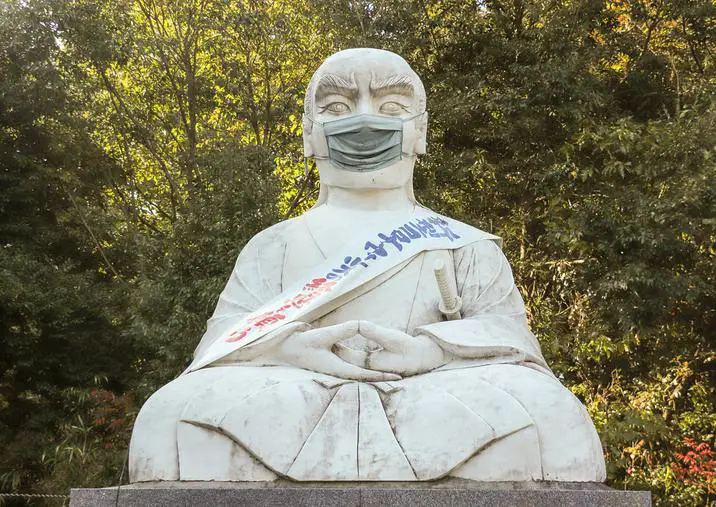
A unique limestone cave located in Aso-Kuju National Park, Kumamoto prefecture.
What to see or do: Explore the beautifully illuminated underground tunnels and admire the naturally formed stalactites and stalagmites. Learn about the cave’s history and religious significance as a sanctuary for meditation and prayer.
Don’t miss: The “Reiho no More” (Golden Phoenix) meditation room where a statue of a phoenix glistens in the light of a single candle.
It is said that if you make a wish while standing in front of the statue, your wish will come true.
Insider travel tips: Wear comfortable shoes and clothes as the cave can be humid and chilly. The cave is accessible by car or bus, but parking is limited, so it’s best to arrive early.
Arrange for a guide to fully appreciate the cave’s history and significance.
10. Former Kato Family Samurai Residence

Former residence of the Kato family, a samurai clan that served the Hosokawa family in feudal Japan.
What to see or do: The house is a well-preserved example of traditional Japanese architecture, featuring a thatched roof and beautiful wooden lattice windows. Visitors can explore the house and gardens, which include a tea house and several ponds.
Don’t miss: The intricate details of the interior, including sliding doors painted with scenes of nature and a display of the Kato family’s armor and weapons.
Insider travel tips: Plan your visit for late April or early May to see the cherry blossoms in full bloom in the nearby Suizenji Joju-en Garden.
Be sure to remove your shoes before entering the house, as is customary in traditional Japanese homes.
11. Tatsuta Nature Park
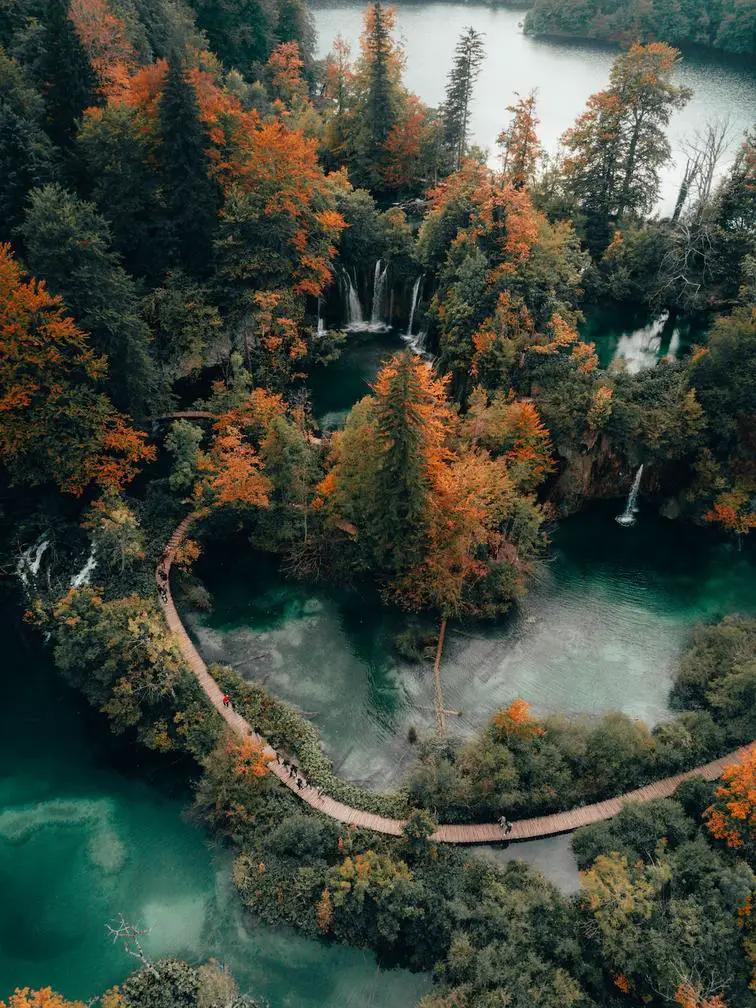
Tatsuta Nature Park is a beautiful natural park located in Kumamoto, Japan.
What to see or do: The park boasts stunning scenery with mountains, forests, and a river running through it. Visitors can enjoy hiking trails, fishing, birdwatching, and biking.
Don’t miss: Don’t miss the Tatsuta Suspension Bridge, a 140-meter long bridge that offers stunning views of the surrounding nature.
Insider travel tips: – Visit during the autumn to see the beautiful fall foliage.
12. Lake Ezu
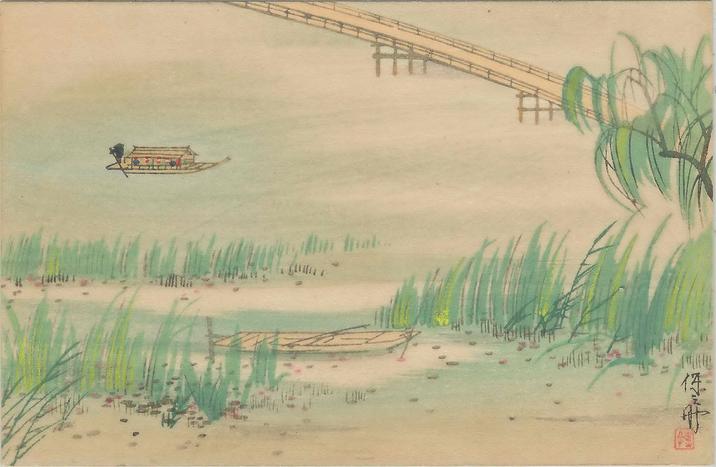
Lake Ezu is a crater lake located in Aso-Kuju National Park in Kumamoto Prefecture, Japan. It is also known as “The Phantom Lake” due to its often mysterious and eerie atmosphere.
What to see or do: Visitors can take a boat tour to fully appreciate the scenic beauty surrounding the lake. The surrounding trees and changing colors of the leaves make for a picturesque view.
Don’t miss: Don’t miss taking a walk on the 70-meter suspended bridge overlooking the lake, offering a bird’s eye view of the area.
You can also visit the Ezu Shrine located on the lake’s eastern shore.
Insider travel tips: Visitors should take extra care during the winter season as the area receives heavy snowfall. It is also advisable to bring a warm jacket or coat as temperatures can drop significantly, especially during the night.
It’s best to visit in the morning to avoid crowds and get the best views.
13. Fujisaki Hachimangu Shrine
Fujisaki Hachimangu Shrine is a historic and spiritual site in Kumamoto, Japan. It is dedicated to the Japanese deity of war, Hachiman.
What to see or do: Visitors can explore the stunning architecture and intricate details of the shrine’s buildings, including the main hall, gate, and worship hall.
The shrine also features beautiful gardens and a large pond.
Don’t miss: One of the most unique features of Fujisaki Hachimangu is the annual Horse Festival, where trained horses perform for the public and shrine-goers in a grand procession.
Insider travel tips: Try to visit during the annual Horse Festival in April for a truly memorable experience, but expect large crowds. Check the shrine’s calendar for other annual events, as they may restrict public access.
Wear appropriate clothing and footwear as the shrine grounds are expansive and require lots of walking.
14. Kengun Shrine
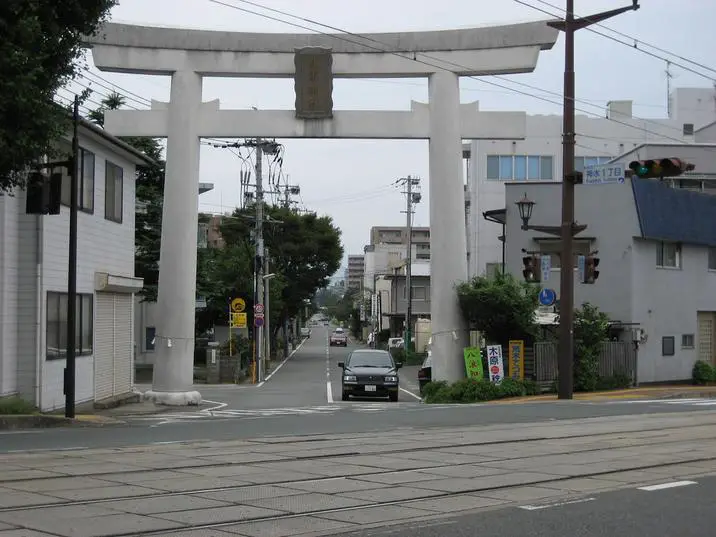
Kengun Shrine is a Shinto shrine located in Kumamoto, Japan. It was established in 1869 and is dedicated to the Shinto god, Take-mikazuchi-no-Kami.
What to see or do: Visitors can explore the shrine’s main hall, which is decorated with intricate wood carvings and ancient Japanese artwork. There is also a beautiful garden on the grounds that is perfect for a peaceful stroll.
Don’t miss: Be sure to see the shrine’s main altar, which features a statue of Take-mikazuchi-no-Kami. Additionally, there is a sacred tree on the grounds that is said to have healing powers.
Insider travel tips: – Visit during one of the shrine’s annual festivals to experience traditional Japanese culture and customs.
15. Kusasenri Observatory
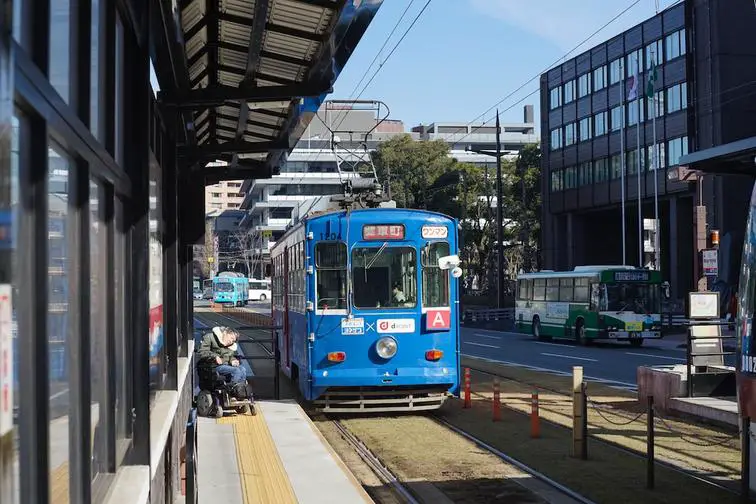
Kusasenri Observatory is a popular viewing point located in Aso-Kuju National Park in Kumamoto prefecture, Japan.
What to see or do: At Kusasenri Observatory, visitors can enjoy panoramic views of the sprawling Aso Caldera, an active volcano with a circumference of over 100 kilometers.
The observatory offers remarkable views of the lush green fields spreading near the rocky terrain, creating an unforgettable sight. Visitors can take a leisurely walk in the plush green fields alongside the grazing cows.
Don’t miss: Be sure to capture the mesmerizing scenery at Kusasenri Observatory by photographing the stunning panoramic view of Aso Caldera. The view of the cattle grazing alongside the landscape is also a must-see sight.
Insider travel tips: It’s best to visit the Kusasenri Observatory early in the morning when the air is crisp, and cause a clear view of the terrain.
Make sure to carry snacks and water, as there are minimal food options nearby. It also a great idea to wear comfortable shoes for a long walk in the field.